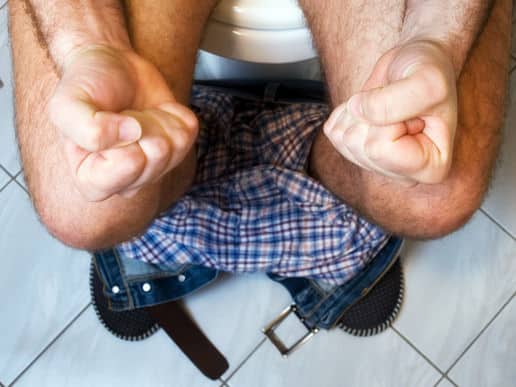

Often comprised of several different kinds of healthcare practitioners, multi-disciplinary pain management clinics are in high demand. Just a handful of pain management practices currently include a massage therapist; however, most pain management patients would benefit greatly by including massage therapy into their treatment plan. Besides potentially helping people heal from the original source of their pain, massage therapy is uniquely qualified to address the most common side effect of the standard chronic pain prescription.
Experts believe that the incidence of chronic pain – pain lasting for more than three months – is on the rise. According to Robert Bonakdar, MD, director of pain management at the Scripps Center for Integrative Medicine in La Jolla, CA, “We have an aging population. As the baby boomers get older, we’re going to have more and more people with chronic back pain, osteoarthritis and other painful conditions.”
Pain Management
Because chronic pain is such a challenging problem that in most cases is considered incurable, pain management practices that aim for reducing pain frequency and intensity have emerged. Initially, these medical practices were the domain of physicians who specialize in pain management. However, multi-disciplinary pain management practices have much more to offer their patients and are increasing in popularity.
The effectiveness of a multi-disciplinary pain management practice goes far beyond what a single practitioner can accomplish; likely because it enables the many aspects of chronic pain to be addressed simultaneously. The multi-disciplinary pain management practice might include pain management specialists, neurologists, orthopedists, acupuncturists, biofeedback practitioners, behavioral therapists, occupational therapists, physical therapists, chiropractors and massage therapists. This kind of inclusive pain management offers patients two benefits:
- Pain reduction
- Improving the overall quality of life with pain
A majority of the patients in need of pain management do not get sufficient relief from over-the-counter medication – and end up relying on highly addictive opioids to ease their pain. In order to minimize tolerance, addiction and illegal sales of opioids, prescribing physicians are required to repeatedly evaluate and drug-test their chronic pain patients. Since seniors comprise the largest percentage of pain management recipients, and the most effective painkillers have side effects that occur more often and more severely in older people, managing opioid side effects is crucial.
Opioids
Made from the seedpod of the poppy plant, opium has been used for pain relief for thousands of years. Morphine, an opium derivative, forms the basis of pharmacologic pain relief. Any drug, natural or synthetic, with morphine-like properties is called an opioid. Besides morphine, some of the common opioids include:
- Codeine
- Hydrocodone (Lortab, Vicodin)
- Hydromorphone (Dilaudid)
- Fentanyl (Duragesic)
- Meperidine (Demerol)
- Oxycodone, (Percodan, Percocet)
- Methadone
All opioids cause constipation. Most experts advise taking a stool softener and laxative as soon opioids are used. Unfortunately, those most likely to need pain management are baby boomers, and constipation is already an issue in many people over age 60. If allowed to persist, chronic constipation is associated with complications that can develop into serious bowel complaints, such as fecal impaction, incontinence and bowel perforations.
Massage Therapy
Instead of taking an increasing number of medications to assist with the passage of stool, massage therapy is an ideal, safe approach for medication-induced constipation. Bodyworkers are traditionally taught that massage facilitates healthy digestion and elimination functions. This has been confirmed by published studies demonstrating massage therapy’s effectiveness for constipation.
- As published in the February 2011 edition of the Journal of Korean Academy of Nursing, researchers concluded that both abdominal massage and acupressure on digestion-related points relieved constipation and stress. In addition, the authors stated that resorting to either types of massage will contribute to the reduction of use of stool softeners, suppositories and enemas.
- As published in a March-April 2011 edition of the journal Nursing Times, a Scottish and Irish collaborative study also found that abdominal massage can relieve constipation of various physiological causes. The researchers concluded that abdominal massage stimulates peristalsis, decreases colonic transit time and increases the frequency of bowel movements. In addition, they noted that massage also reduces discomfort and pain, induces relaxation and improves quality of life without any adverse effects.
Massage therapy, whether abdominal massage or acupressure on digestion-related points, can help relieve constipation – a primary goal for the growing, aging population taking opioids in a pain management practice.












3 Responses to Massage Therapy Helps Common Side Effect of Painkillers